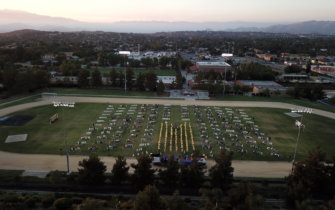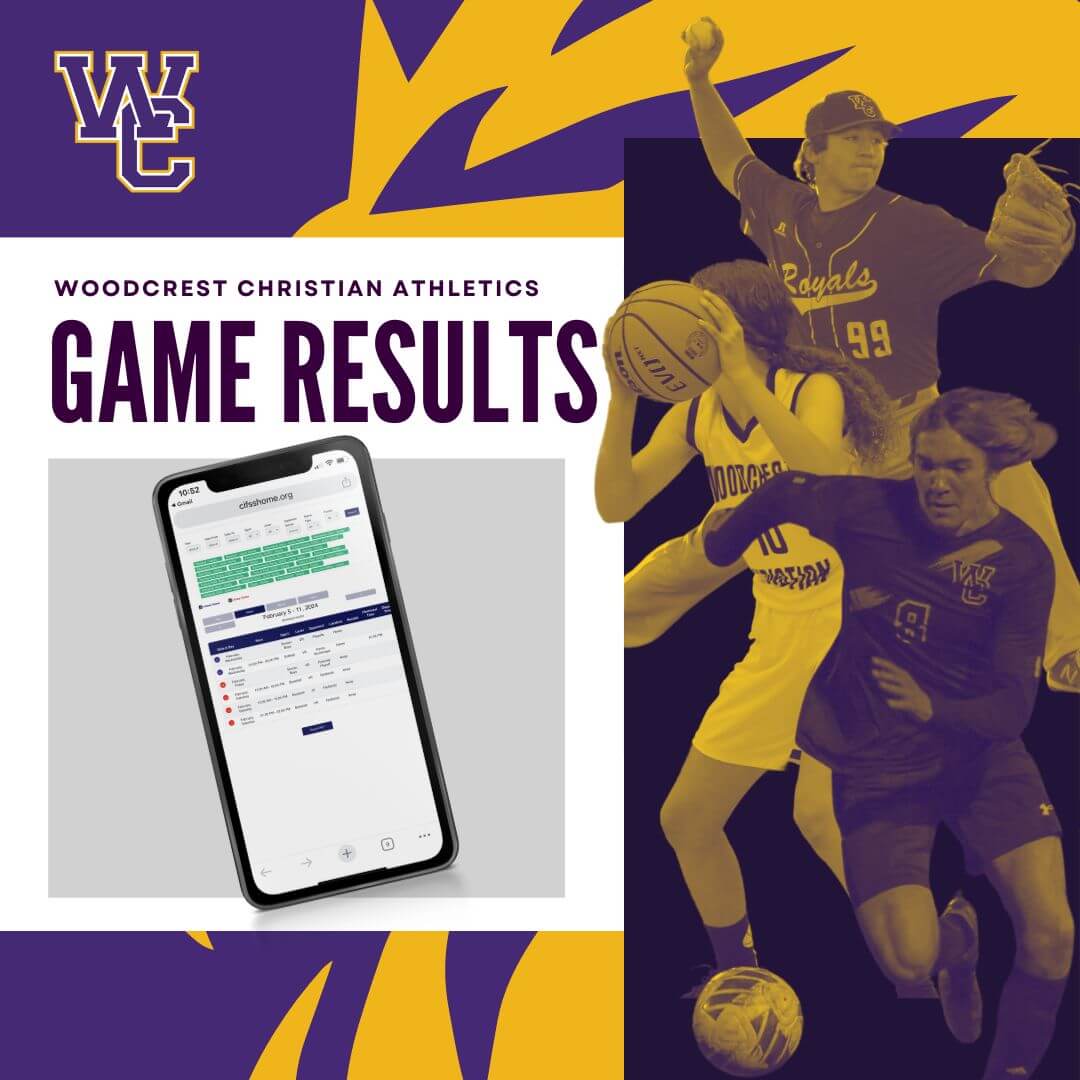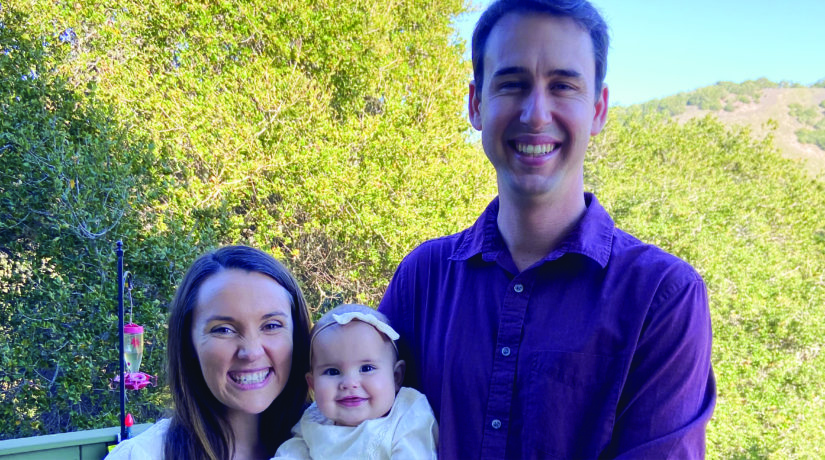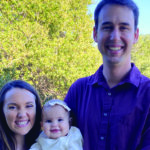Since the sixth grade at Woodcrest Christian Alumni Zachary Sailer had the dream of winning a Nobel prize in physics.
In his own words Zach shares that, “Although I didn’t know what physics was, my sixth grade teacher Miss Shelly Clayton told me I needed to go check it out so I went home and did exactly that. Upon looking it up I saw they had a Nobel prize and knew I had to go after it. She knew that physics would challenge my curious mind in a positive way, and I never forgot that advice from not only Miss Clayton but all my teachers through middle school and early high school.` As Zach finally got to take an AP physics class, he realized Miss Clayton was right. Zach loved it!
“My love of physics continued after Woodcrest Christian and so I chose physics as a major at Cal poly San Luis Obispo. After four years, I continued to graduate school racking up five more years of physics to earn my PhD from the physical chemistry department at the university of Oregon. I published papers in condensed matter physics, statistical physics and molecular biophysics. None of these papers would have happened without those simple words from Miss Clayton. Woodcrest Christian teachers can have this kind of impact.”
Equally weighted with Zach’s studies is his faith. He says, “through my education the truth of studying science is a tricky place for young Christians to land. I know from firsthand experience, many people believe that science and faith are at odds, which makes sense when you think about it because you rarely hear about science in a sermon. You’re lucky if you get it, maybe once a year from the pulpit. On the other hand, teachers in public schools are explicitly told to leave faith out of the classroom. Consequently many kids are led to believe those two worldviews are incompatible. Unfortunately, this is a big reason why many young people leave their faith. I’ve watched it happen countless times, many times to my own friends.” Zach reiterates that what kept him from losing his faith after way too many years in school, was simply put, Woodcrest Christian. “We never shied away from the union of faith and science. We talked about them as one whether it was in the classroom, discipleship groups or chapel. We weld them together beautifully. There was no separation. So there was no need to fear losing faith in a field of science. They would always compliment one another and they always did, no matter what I studied because of Woodcrest Chrisitian.”
While Zach continues to pursue his dream to win a Nobel prize, he came very close while in college. “I connected with some scientists, five students, two professors from Cal poly and Cal Berkeley. We bonded over a mutual frustration with modern day scientific software and how all of it was extremely expensive and difficult to obtain because of licensing which prevented us from collaborating with scientists around the globe. This seemed counter to the mission of science. So together, we developed our own tool for scientific research and we called it the “Jupiter Notebook”. It’s a free and open source electronic notebook that enables scientists no matter where they are to easily collaborate. We released this in 2012 and I’ve been working on it ever since, but we didn’t anticipate that this tool would explode in the scientific community. It would spill over into the daily data, heavy tech industry, and quickly it would become the world’s standard for data analysis and scientific computing. By 2016, our software would be used by millions of people from thousands of universities, federal government agencies, and fortune 500 companies worldwide. It would be used to recommend shows on Netflix, find you Lyft and Uber rides, and send pictures from Mars from the Curiosity Rover, build the first image of a black hole and enable scientists and businesses to connect across the globe.
The breakthrough for the Jupiter Notebook came in 2016, when it was announced that man had finally observed a gravitational wave. This observation took over a hundred years, a few thousand scientists, a physicist and multiple massive experimental setups that were about two and a half miles wide. It was so exciting that they kept it a secret until they could announce it from the White House. At the announcement, the lead scientists did something unprecedented. They published all their raw data analysis and publications openly and freely so that anyone could download, review and respond to make sure they got the results right away. The scientists used the Jupiter Notebook as their software tool and a year later that same team of scientists were granted the most anticipated Nobel prize in physics ever awarded. The 12 year old in Zach was jumping up and down, seeing a dream come true.
Overall, Zach credits Woodcrest Christian in having a great impact on his life and accomplishments. From the high-performing student body culture, to the impactful teachers like Miss Clayton, to the integration of faith and science at Woodcrest Christian Zach has launched from this foundation and has carried with him this deep passion for helping others see science and faith through the same lens that Woodcrest Christian provided him.













